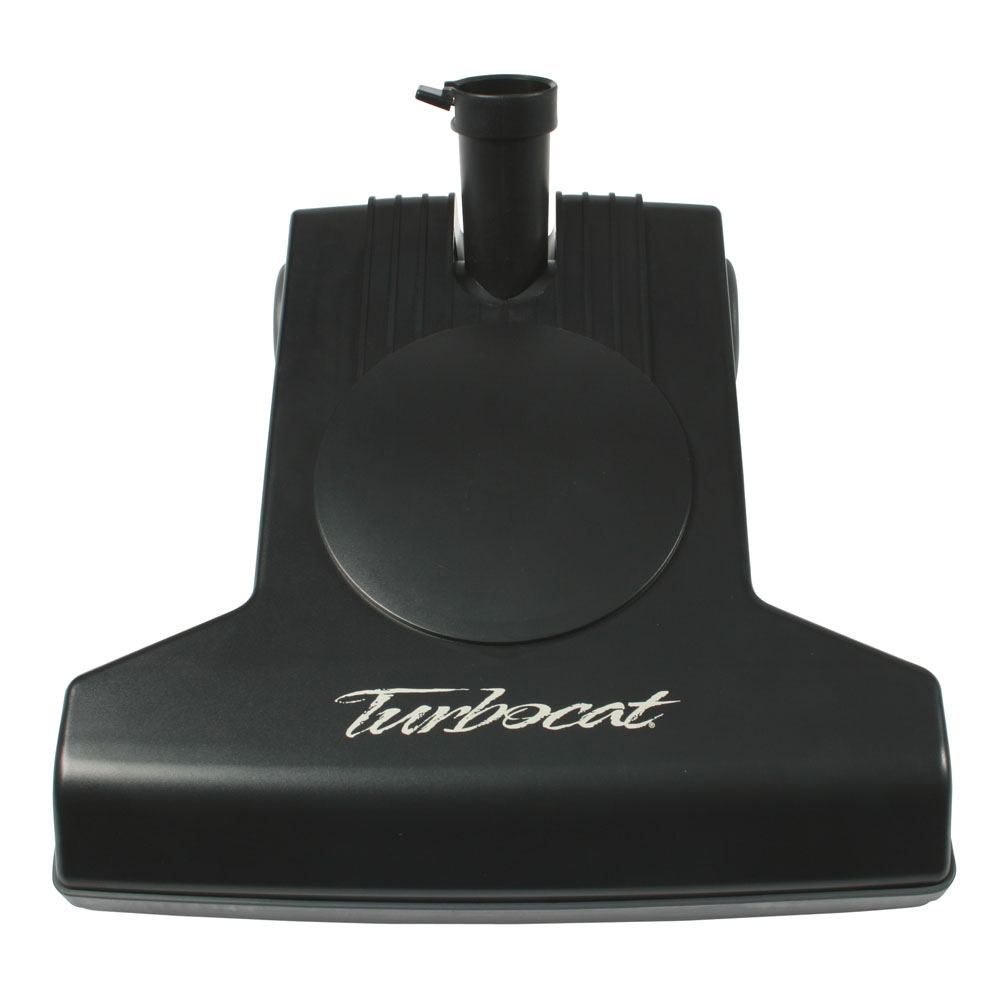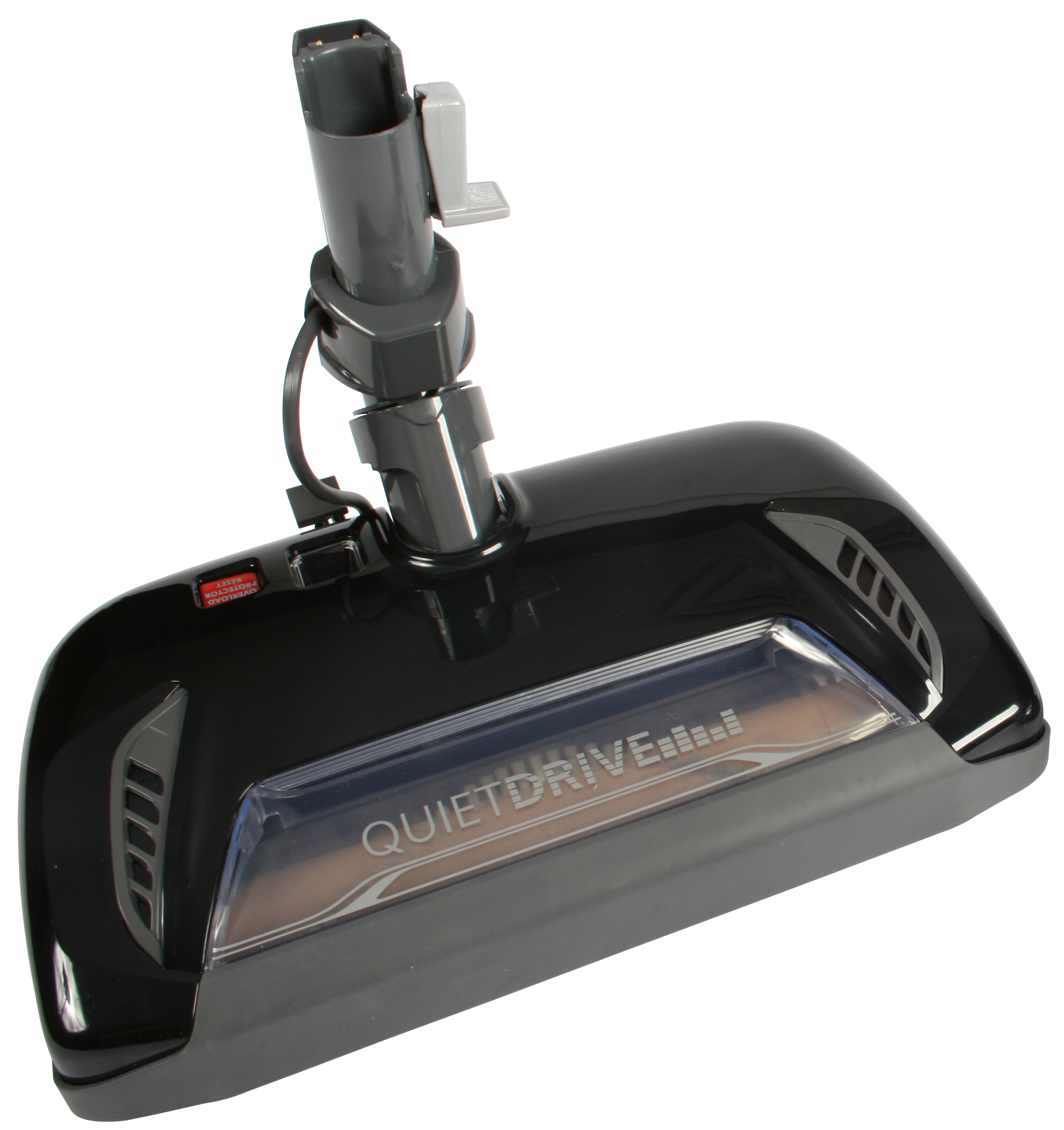Air Turbine vs Electric
We have fielded innumerable customer inquiries about the most effective way of deep cleaning plush carpets with a central vacuum. These inquires most often relate to a desire to understand the relative cleaning performance of air turbine nozzles as compared to electric nozzle. The lower cost of an air turbine as compared to electric nozzles would on the surface seem the better solution if there is no difference in cleaning performance.
Nozzles like the popular TP210, EX turbines, and multiple light weight air turbines use the stream of air created by the vacuum to spin a turbine which in turn drives the agitator brush on the carpeted surface. The energy present in the air stream can be effected by the a number of factors which in turn can impact the performance of these products. Air flow can decline as the filter fills up in the vacuum. The design of the piping system, the length of the hose, the density of the carpet, carpet backing and material collecting on the agitator can all have a dramatic impact on the effectiveness of these nozzles by reducing the power of the air stream. As airflow is reduced by any or all of these factors the power delivered to the agitator diminishes. The decline in performance can often be heard by the owner as a change in tonal quality. To address these limitations many agitators are designed to minimize the actual contact surface with the carpeted surface to prevent the feeling or sound suggesting the nozzle is stalling.
Electric nozzles, by contrast, have an electric motor driving the agitator. They are designed to perform at approximately 25 cubic feet per minute of airflow less than 30% of that produced by the typical central vacuum. The safety factor between the vacuums performance and the demand of the power nozzle means even as the filter begins to fill uniform cleaning performance is maintained. Since the motor drives the nozzle’s agitator, the speed and energy imparted to the agitator is not affected by the performance of the air stream. The reliability of this power source permits the agitator to be designed for better engagement with the carpeted surface and better dirt pick-up. Eliminating the turbine from the air stream permits the full power of the vacuum to transfer directly to the carpet surface adding to effectiveness. An added benefit is electric nozzles have fewer service issues because debris is not forced to pass through the turbines blades.
Returning to the question of cleaning performance. Comparative testing of air turbines and electric power nozzles used in the industry agreed ASTM 1096 standard on plush carpet surfaces shows electric nozzles to draw up to 100% more embedded dirt from the carpeted surface. Since embedded dirt deep in the carpet surface can dramatically impact the life of the carpet the small premium associated with the purchase of an electric power nozzle system would seem justified. A study done by an industry group ranked the three most important characteristics sought by the consumer when selecting a vacuum were first cleaning performance, second surface grooming and carpet appearance, and third edge cleaning. Using these criteria the is clear evidence the small premium paid for an electric power nozzle is more than justified.



